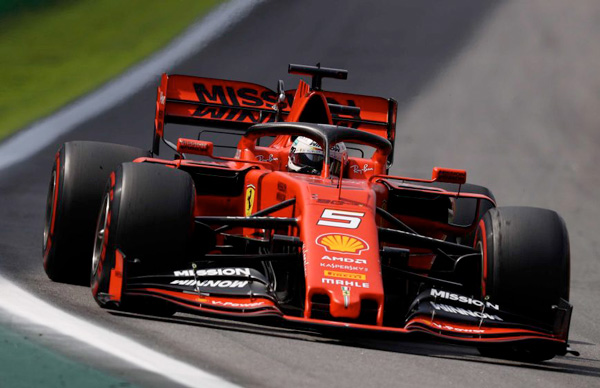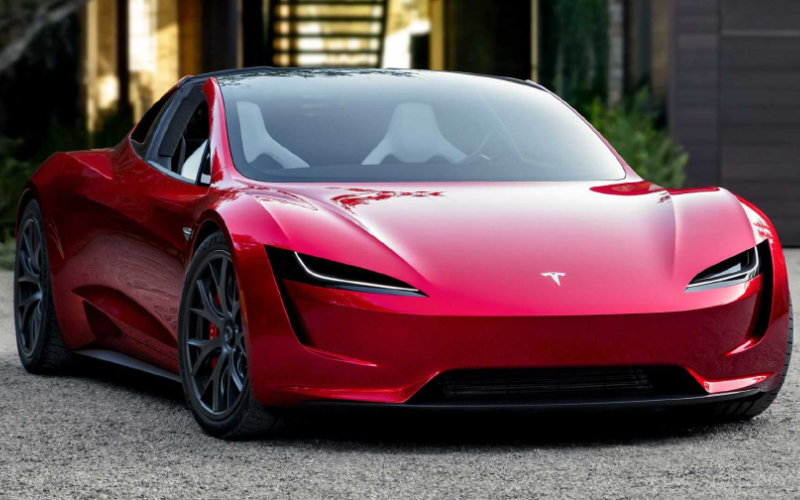Countless people have watched drag racing, either at the race track or on TV, and thought to themselves “Man, I could do that.” On the surface, the sport can appear easier than something like Formula 1. There are no intricate twists or turns, no tricky chicanes to navigate; in fact, it’s just driving in a straight line. What could be so hard about that?
The short answer is a lot more than you know! Drag Racing is actually a sport of precision and skill, and in today’s article, we will explore in more detail just how challenging this motorsport really is.
What is Drag Racing?
First, for the uninitiated, a quick section introducing the sport and its background. The sport began in the US, and typically involves two vehicles at a time racing along a fixed distance to reach a set finish line up ahead. The track is a straight-line road, typically a 1/4-mile distance (1320 feet), but some with a much shorter 1/8-mile track (600 feet). Safety concerns prompted the National Hot Rod Association (NHRA) and others to shorten some races (Top Fuel and Funny Car) to 1,000 feet. The relative simplicity of the setup means that many kinds of vehicles can take part – from motorcycles to trucks.
- The essential goal of the race is to be the first across the finishing line, but there are three main metrics that are recorded and looked at, namely:
- Reaction time: The time it takes for the racing vehicle to leave the staging beams at the start of the race after the green light has shown.
- Elapsed time: The total time you take from leaving the starting live and arriving at the finishing line.
- Speed: Measured at the final 66 feet of the track by a pre-placed speed trap. It is to give an indication of the average speed for the whole distance covered.
While almost any kind of vehicle can technically be used for a drag race, the most professional and prominent are certainly the “Top Fuel” and “Funny Car” categories. The former features an elongated, narrow aerodynamic design with enormous tires and a high-placed rear wing. The latter also features a wedge-shaped car, but typically shorter, with the engine mounted in front of the driver rather than behind, as is the case with the Top Fuel car.
America’s enduring global influence has ensured that the sport has taken hold in countries and regions across the world. There are now drag racing associations in Australia, Europe, New Zealand, South America, the Caribbean, South Asia, South Africa and Russia.
1. Drag Racing Horsepower
When you race in the NHRA’s top categories, the Top Fuel and the Funny Car (see video link above), you’re not dealing with any ordinary machine here. These cars traverse the thousand-foot track at an astonishing pace – as few as 4 seconds or less. They require engine rebuilds for every race, which the team experts can carry out in as little as 30 minutes. Furthermore, each race may be in over in mere seconds, but in that tiny amount of time the car has burned up some 15 gallons of fuel (yes, you read that right).
These machines generate something like 10,000 to 12,000 horsepower, sometimes creating a 5G force for the driver when they launch from the starting line — yes, “launch.” They’re going so fast as they approach the end, that the drivers have to deploy parachutes to slow down. If you’re someone who believes that controlling such a machine at such power ratings is easy, then you’ve probably either never tried, or never thought about it enough!
2. Drag Racing Control
Besides the awesome horsepower, another critical element of difficulty is keeping the car under control. It’s easy to think that driving in a straight line makes racing easy. You’ve watched Formula 1 cars navigating tricky courses while avoiding collisions with the dozens of other drivers on the track, and you think straight-line motion must be a downgrade.
That’s understandable, in fact, but the truth is very different. When we’re talking about cars that are “launched” from the starting line, as opposed to just putting the pedal to the metal while you get to 60mph within a few seconds. You’re travelling at speeds up to 300mph (that’s a whole 100mph faster than the typical F1 car), covering a quarter mile in just 4 seconds or so. That means you’d cover one mile in just 16 seconds were you continuing at the same rate. Try now to picture yourself controlling a car at that speed, trying to keep it in a straight line. Even many ordinary cars require your own efforts, minimal as they may be, to keep the car going dead straight. If you think a drag racing car is the same “minimal” effort, then you’d be wrong.
3. Drag Racing Shifting
One of the keys to victory in drag racing is extreme precision at the very beginning of the race. Getting something even a tiny bit wrong, costing you perhaps a single thousandth of a second, can ultimately hand the race to your opponent. As the race begins, you have to employ cat-like reflexes, and extraordinary skill when it comes to shifting, and then you might have a chance of winning.
Once again, a straight line the track may be, but that also means that you have almost zero chance of recovering in the race if you made a mistake in that first half of a second or less. In a Formula 1 race, a top driver who messes up the beginning of the race can recover their position as they work through the 51 laps covering 190 miles. In drag racing, you get that quarter of a mile, and that’s it; possibly even less depending on your category.
4. Drag Racing Tuning
You don’t pick up a drag racing car at the local lot. Regardless of their type, these are machines that have been specifically tuned for the task of drag racing. In addition, when we’re talking about tuning, we don’t just mean adding a supercharger or flashing an ECU. This is comprehensive and far-reaching tuning; taking a car and stripping it down to its rawest components.
What does that mean? When you’re driving your street car, you often rely on the many gadgets, components, sensors and other features that are built into it. A drag racing car is a lot more rugged, stripped of all its frills and luxuries. This is a lot harder than you think. It won’t do many of the tasks for you like your regular car will. Drag racing drivers have to tune the car in such a way that it draws out all of the car’s raw and unbridled power. The cos of that, however, is that the driver has to cover all the bases using their own senses, quick reactions and automotive skills.
5. Drag Racing Dangers
By now, you’re likely seeing more clearly the many challenges that come with being part of the drag racing circuit. This list wouldn’t at all be complete without also mentioning the clear dangers that come with the sport. The break-neck speeds that drivers contend with make for some especially risky conditions on the track. Failure to maintain concentration, or some other even minor fault can send the car flying at deadly speed and trajectory into fatal collisions.
Besides crashing, there are risks within the cars themselves, especially the Top Fuel and Funny Car categories. These engines are so powerful and have so much pressure exerted upon them during the race, explosions are possible. Drag racers may tell you that with the Top Fuel car, it’s not as scary when such a thing happens because that gear is behind you and you can’t see it immediately, making it less of a shock. On the Funny Car, however, where the engine is loaded in front of the driver, if there is an explosion, it’s happening right in the driver’s lap.
Drag Racing: Not for the Faint Hearted or Inexperienced
Hopefully now drivers everywhere can appreciate the unique difficulties of the sport of drag racing. It’s also important, therefore, to remember that this is not something you should be doing outside of the sport’s proper confines. Drag racing on the street or other unsupervised and improperly prepared location is ill-advised, and very likely illegal. If you’re interested in drag racing, then we recommend you explore your local clubs or societies for the opportunity to get involved.
If you’re the kind of person who seeks challenge and adventure, then drag racing might just be that something you’re looking for. If you don’t want to take part yourself, then you could still attend one of the many drag racing events happening around the United States all the time.



